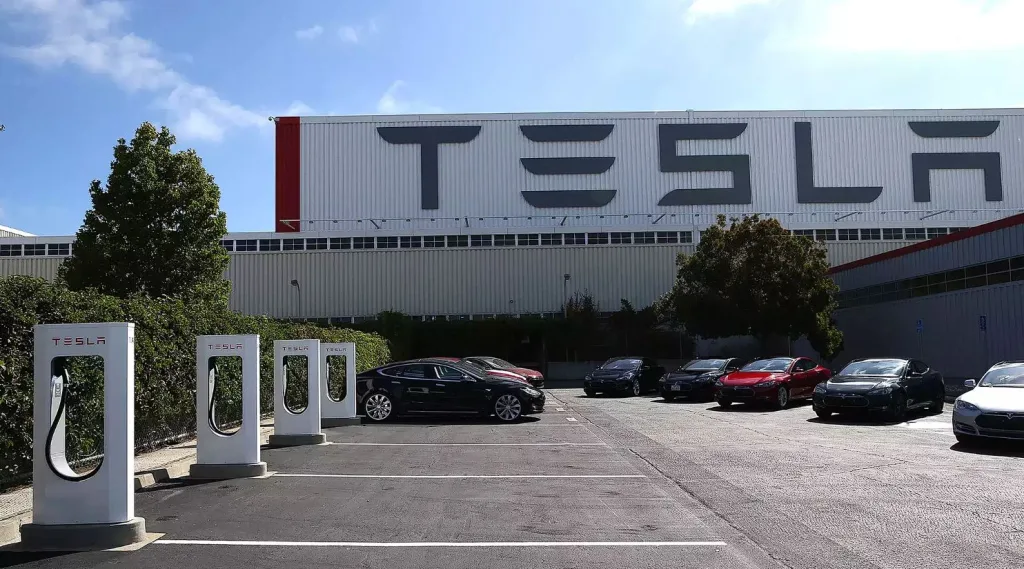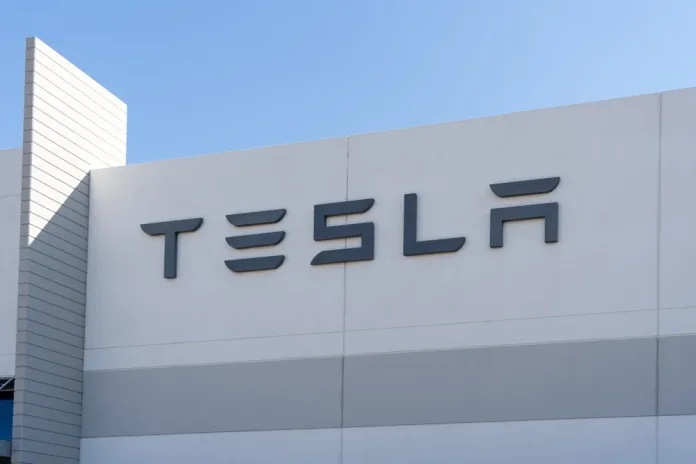The story of Tesla’s entry into the Indian market is far more than a simple business expansion – the reason? High EV Tariffs. At the heart of this saga lies a potential game-changing development: India’s consideration of significant reductions in electric vehicle import EV tariffs that could dramatically alter the landscape for international EV manufacturers.
EV Tariffs Landscape: A Dramatic Transformation

Current and Proposed EV Tariffs Structure
| Scenario | Import Tariff | Potential Impact |
|---|---|---|
| Current Rates | Up to 100% | Prohibitively expensive for imported EVs |
| Proposed Reduction | As low as 15% | Potential market opening for Tesla |
| Conditions | Manufacturer must invest $500 million | Encourages local manufacturing |
Political Dynamics
The EV tariffs reduction is not merely an economic decision, but a complex political maneuver. The Indian government is navigating a delicate relationship involving U.S. President Donald Trump, Tesla CEO Elon Musk, and domestic manufacturing interests. Prime Minister Narendra Modi’s government faces a challenging balancing act between attracting international investment and protecting domestic manufacturers.
Market Potential and Challenges
India represents an enormous, yet challenging market for electric vehicles. EV sales currently account for just 2.5% of total car sales, with the government ambitiously targeting 30% by 2030. Local manufacturers like Tata Motors and Mahindra & Mahindra are lobbying against rapid tariffs reductions, fearing increased competition.

Tesla’s Strategic Positioning
Elon Musk has been meticulously preparing for market entry. The company is already scouting showrooms in Delhi and Mumbai, and hiring sales personnel. However, the path is not straightforward. Trump has expressed reservations about Tesla manufacturing in India, complicating the potential entry.
Consumer Perspective
The Indian consumer market presents a nuanced picture. While some potential buyers are excited about Tesla’s efficiency and range, the current pricing remains a significant barrier. An Uber driver noted that Tesla’s 500-kilometer range is far superior to current Indian EV offerings.
Also Read: BYD Denies $10 Billion Hyderabad EV Plant Investment Reports
Frequently Asked Questions
Q: When might Tesla enter the Indian market?
A: Potentially in 2025, contingent on EV tariffs negotiations and political developments.
Q: What are the main obstacles for Tesla in India?
A: High import EV tariffs, local manufacturing requirements, and complex political negotiations.
Q: How might tariffs reductions impact the Indian EV market?
A: Could accelerate EV adoption and introduce more competitive international options.
Final Insights
The potential Tesla entry represents more than a business expansion – it’s a pivotal moment in India’s electric vehicle evolution, balancing economic ambition, technological innovation, and national manufacturing interests.
Disclaimer: Analysis based on reports as of April 2025, subject to ongoing political and economic developments.


